SHOEI Premium Helmets – Made in Japan
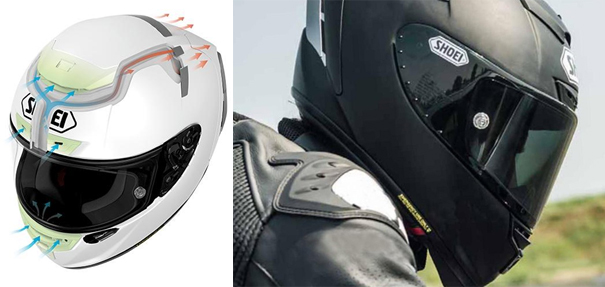
The name SHOEI has long been synonymous with “premium” in the motorcycle helmet market – a credential that hundreds of loyal men and women in our Japanese factories wear with great pride.
The evolution and production of our world-class helmet line is a meticulous process that combines the very latest in technology with consumer feedback, modern testing practices, advanced materials and nearly 60 years of helmet building experience.
Just like the very first SHOEI helmet built back in 1959, every SHOEI today is still handmade in Japan utilising a sophisticated process that involves over 50 people for each and every helmet.
With a never ending passion and seeking continual improvement, SHOEI are the first to introduce Carbon Fibre/Dyneema and Kevlar into the manufacturing process.
SHOEI were also the first to design features like the podless and tool-less visor removable system, along with the dual density channelled EPS liner.
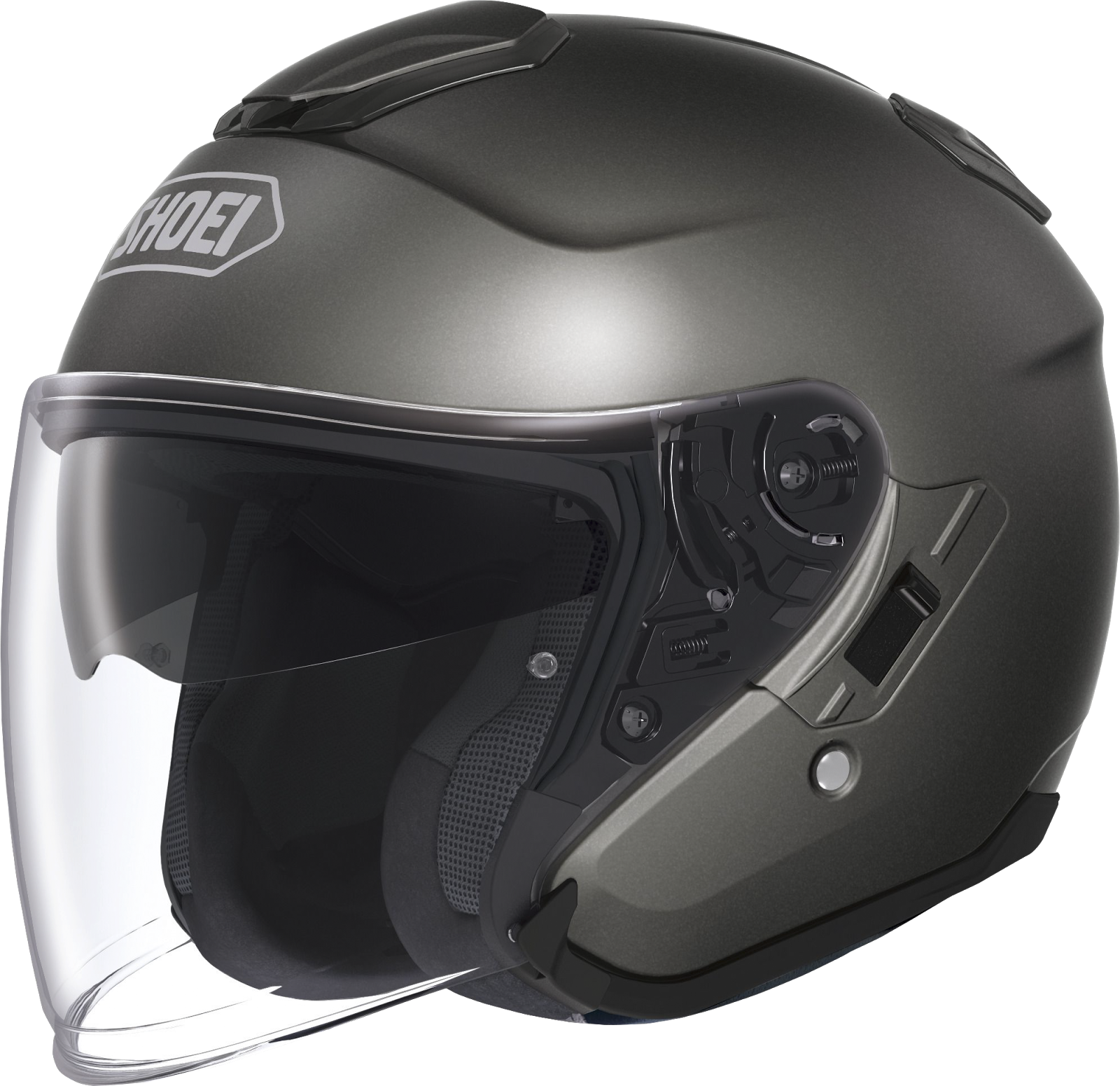 J Cruise
J Cruise

J.O
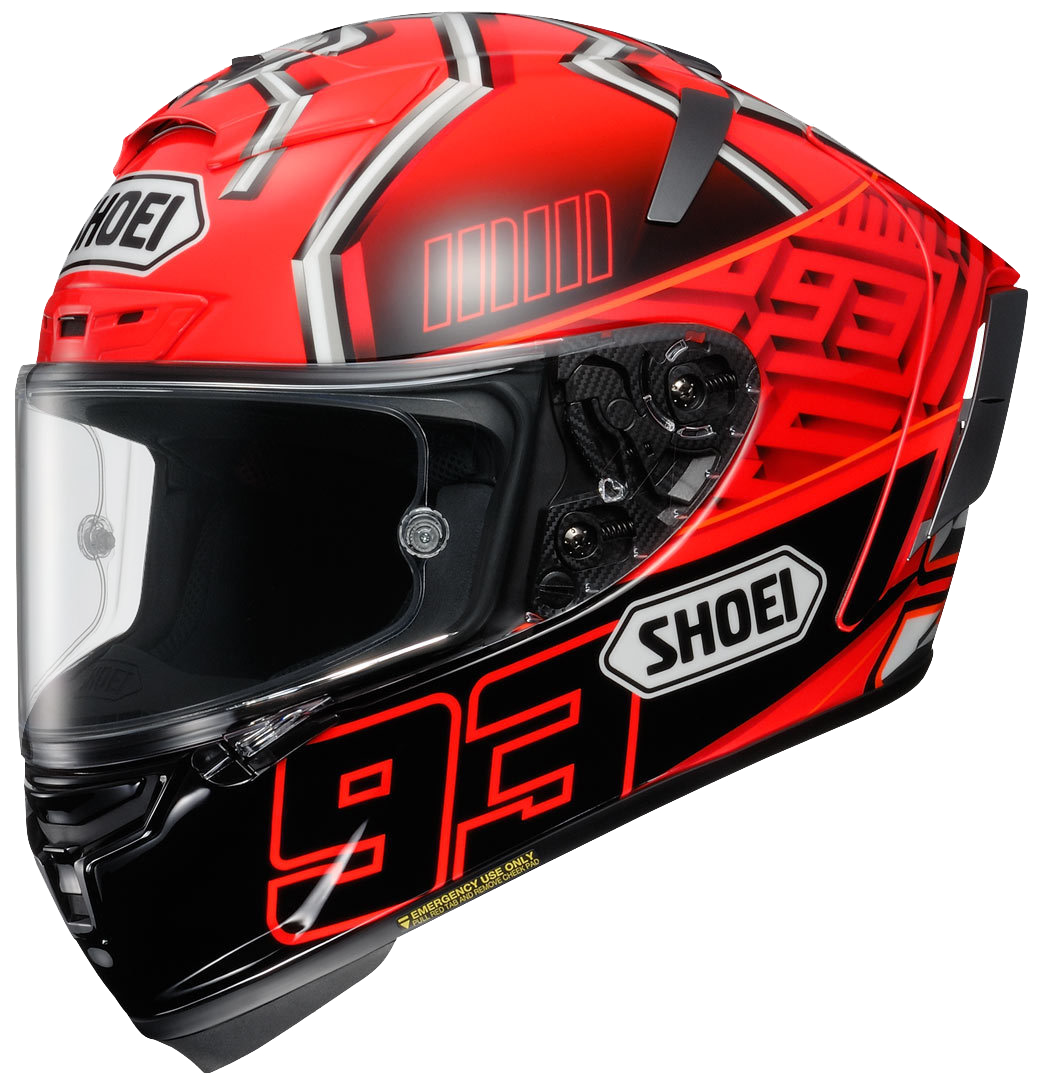
X-Spirit
More SHOEI Helmets here
With constant information and rider feedback from the world’s best racers, SHOEI has integrated the latest ‘state-of-the-art’ technology into the helmets you all buy today.
SHOEI continues to provide innovative and cutting edge developments into every model, ensuring that the comfort, safety, style and graphics remain the best in the world.
 A helmet protects a head of a rider in various scenes such as a head of a racing rider, a head of a touring rider who is enjoying cruising, or a head of a scooter rider who is riding in the cities.
A helmet protects a head of a rider in various scenes such as a head of a racing rider, a head of a touring rider who is enjoying cruising, or a head of a scooter rider who is riding in the cities.
SHOEI considers production of helmet is to provide all of these riders with Safety, Comfort and Passion in riding motorcycle.
Safety is an essential factor of a helmet. But, if it has safety performance alone without comfort, no one can ride motorcycle comfortably.
When you ride a motorcycle comfortably, you can enjoy a passion in riding. SHOEI believes that a real helmet is a helmet furnished with these 3 factors of Safety, Comfort and Passion.
 Safety is the most important performance of a helmet. Absorbing an impact on his head protects a head of a rider who happens to fall. We call this factor “Passive Safety”.
Safety is the most important performance of a helmet. Absorbing an impact on his head protects a head of a rider who happens to fall. We call this factor “Passive Safety”.
As opposed to “Passive Safety”, “Active Safety” defines the further improvements made by SHOEI to ensure that maximum comfort is achieved, allowing the rider to devote all of his or her focus to riding. Advanced helmet features such as our anatomically-shaped comfort liner for optimum helmet fitment, lowest possible weight to reduce stress on the neck muscles, and effective ventilation system for temperature regulation and reduction in wind noises all serve to further improve the safety of the rider. Further development and continued improvement in the areas of safety and comfort technology are SHOEI’s primary goals.
All SHOEI helmets are developed with safety, comfort, and passion in mind. Information gained from all over the world goes into the development of each and every model. Product development takes customer wishes, the demands of the market, new trends, and integral input from our professional racing teams into consideration. Although safety and functionality always play the dominant role, the design aspect is never neglected. This special combination of perfect functionality and unique design is testimony to the passion that motorcyclists all over the world experience when riding in a SHOEI helmet.
WIND TUNNEL TESTING
Motorcyclists live in a stream of moving air, making SHOEI’s in-house wind tunnels an integral tool during the design and development process. In addition to shell aerodynamics, the aerodynamic efficiency of spoilers and vents are also analyzed during SHOEI’s extensive wind tunnel testing practices. The result: every SHOEI helmet boasts an incredibly sleek design that increases airflow, reduces noise, buffeting and lift, and ultimately enhances the overall comfort and performance of your ride. An integral part of the development process, SHOEI’s ventilation systems direct cooling air in through the front of the helmet, and utilize key areas of low air pressure to the rear of the helmet to draw warm, damp air through its exhaust outlets. Along with the perfect shape and placement of vent intakes and outlets, the air channels in SHOEI’s unique Dual-Layer EPS Liner systems are a significant contributor to our helmets’ world-class ventilation characteristics.
TEST RIDES
Intensive test rides in various regions are performed to verify the results of the wind tunnel testing on several aspects of the helmet. For example, the various forms of airflow created by different types of motorcycles, as well as the comfort experienced during long rides, are investigated and taken into consideration when developing a helmet design.
BORN FROM RACING
SHOEI prides itself in building the very best helmets that our state-of-the-art manufacturing technologies will allow, but we also maintain the core belief that good old fashioned field research yields the highest performing, most functional helmets producible. SHOEI helmets are the result of countless hours of conceptualization and R&D, but equally as important is the time spent testing with the most hardcore critics of them all—our professional racing team. From our MotoGP race team service to world-class racers like Marc Marquez, Bradley Smith, Josh Grant, and Dean Wilson, our helmets are put through the ringer, resulting in the fine-tuned masterpieces that await you on this website.
What is a SHOEI helmet made of ?
- Helmet Shell – built AIM & AIM + outer shell
SHOEI’s Advanced Integrated Matrix (called AIM & AIM+) outer shells are made up of Three main features;
- Fiber-Reinforced Matrix, 2. The Compound Structure, 3. The Synthetic Resin
AIM & AIM+ has been designed to absorb the forces of an impact and spread them over the entire shell. The outer shell and the inner shell may show damage from deformation after an impact, but the head of rider is given the maximum amount of protection.


- Multi-Density EPS Liner
The combination of the various grades of expanded EPS provides an effective damping of shocks and impacts. The upper part of the helmet’s inner shell is softer than the outer part. The relatively hard outer part of the inner shell increases the damping effect in the event of a crash.
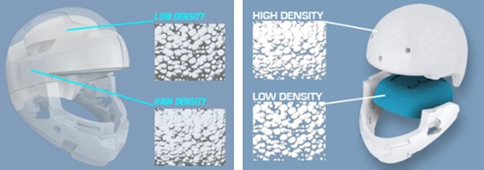
- The comfortable inner padding
The material and shape of the inner padding plays a decisive role in comfort and fit of the helmet. The material touching the skin of the rider provides the wearing comfort. The fit defines how well the helmet sits on the head and stays in place, especially at high speeds.



- The chin strap
Right now, SHOEI is offering two different locking mechanisms for the chinstrap. The Double-D system is used on most of our “sporty” helmets. This system is obligatory for racing helmets. It has the highest strength in keeping the chinstrap closed in the event of an accident. For our more comfort oriented customers, we provide many of our “touring” orientated helmets with our micro ratchet systems on the market we developed our own system, where all locking parts are made entirely of Japanese stainless steel. So we can guarantee the best possible performance with a maximum of comfort.

- The shield

Our shields are equipped with the Pinlock® mist retardant system that ensures a clear shield under most weather conditions. The double-shield technology has an insulating effect and prevents fogging of the shield to a very high extend.
- The high performance ventilation
Back in the early 1980s, SHOEI developed a ventilation system that passed air through holes in the helmet shell without sacrificing high-speed stability. The idea that good ventilation is crucial for the safety of a helmet caused a fundamental change in the design of motorcycle helmets. With the importance of safety concepts and the spirit of innovation always front of mind at SHOEI, we invested in a state-of the-art wind tunnel at our Ibaraki factory to continually carry out intensive studies in the development of effective, high-performance ventilation systems. In the process, SHOEI has developed a dual-layer EPS liner that allows cooling air to travel unrestricted through tunnels created between layers, further enhancing the optimum exchange of warm, humid air with incoming cold, fresh air. Utilizing SHOEI’s in-house wind tunnel to progress ventilation performance, SHOEI is constantly improving the optimal balance between airflow and silence.

More SHOEI Helmets here




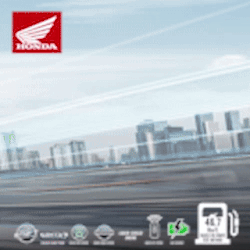
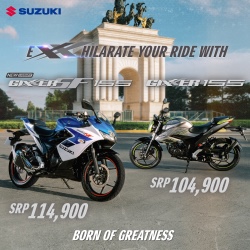
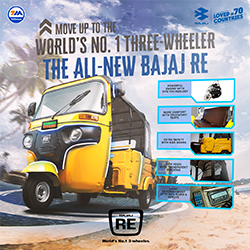

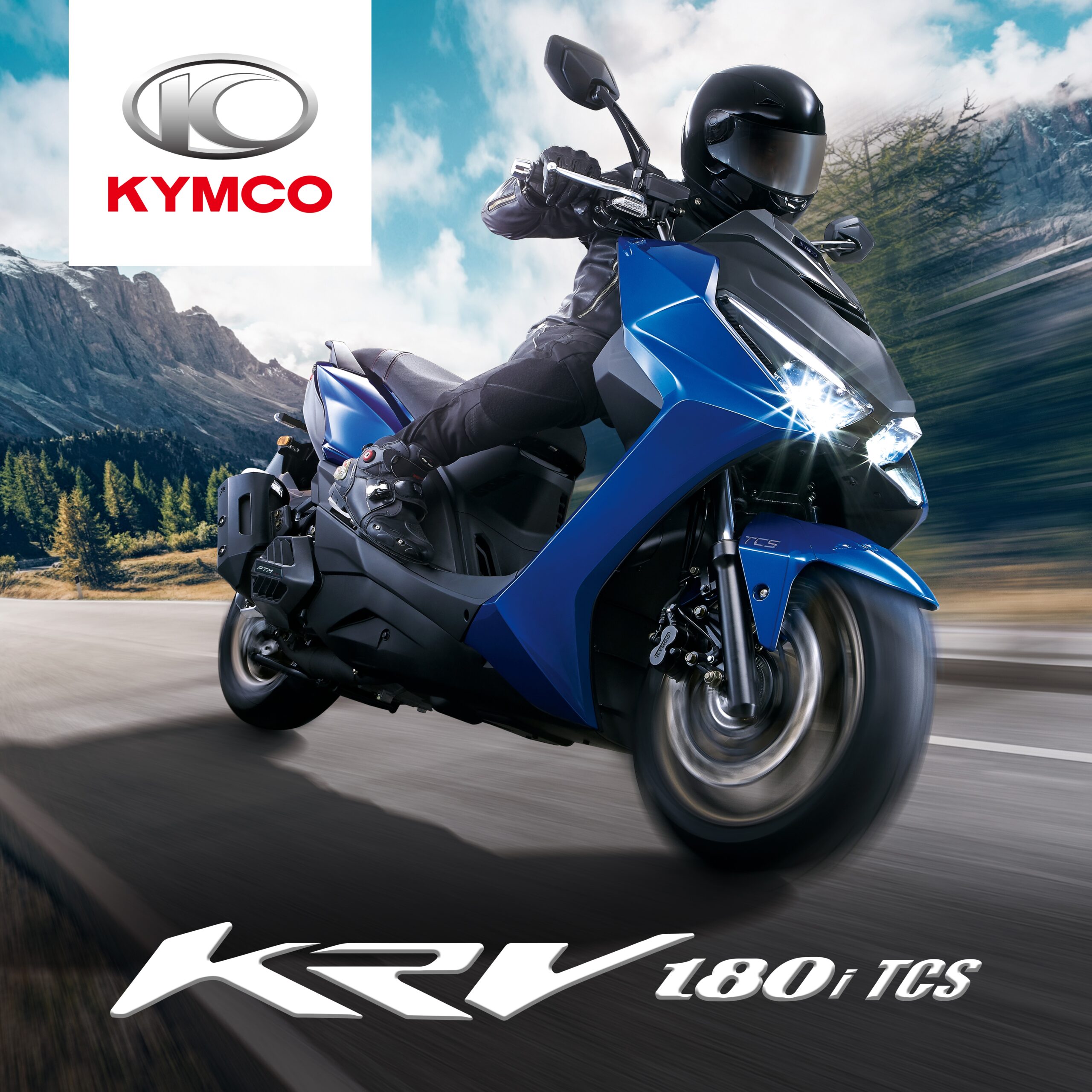
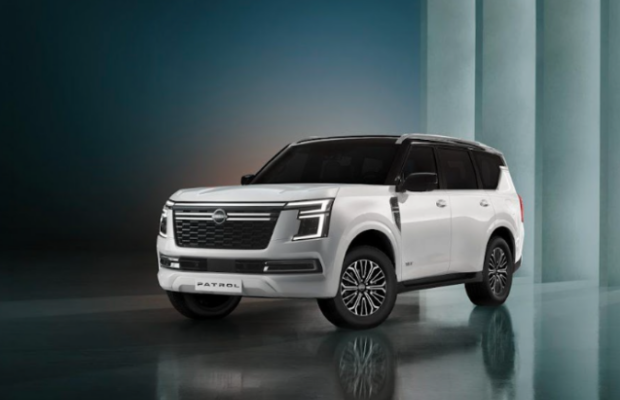


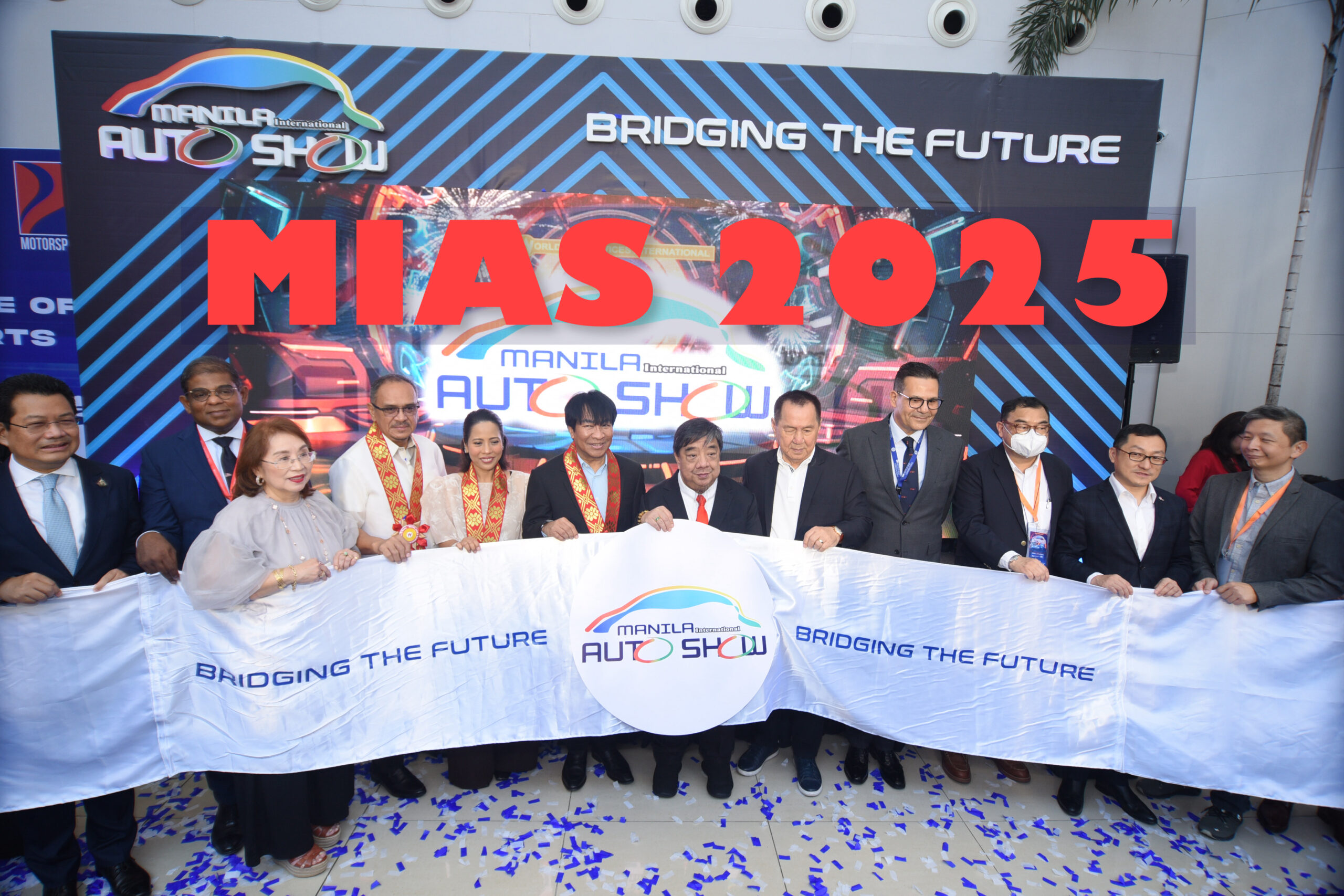




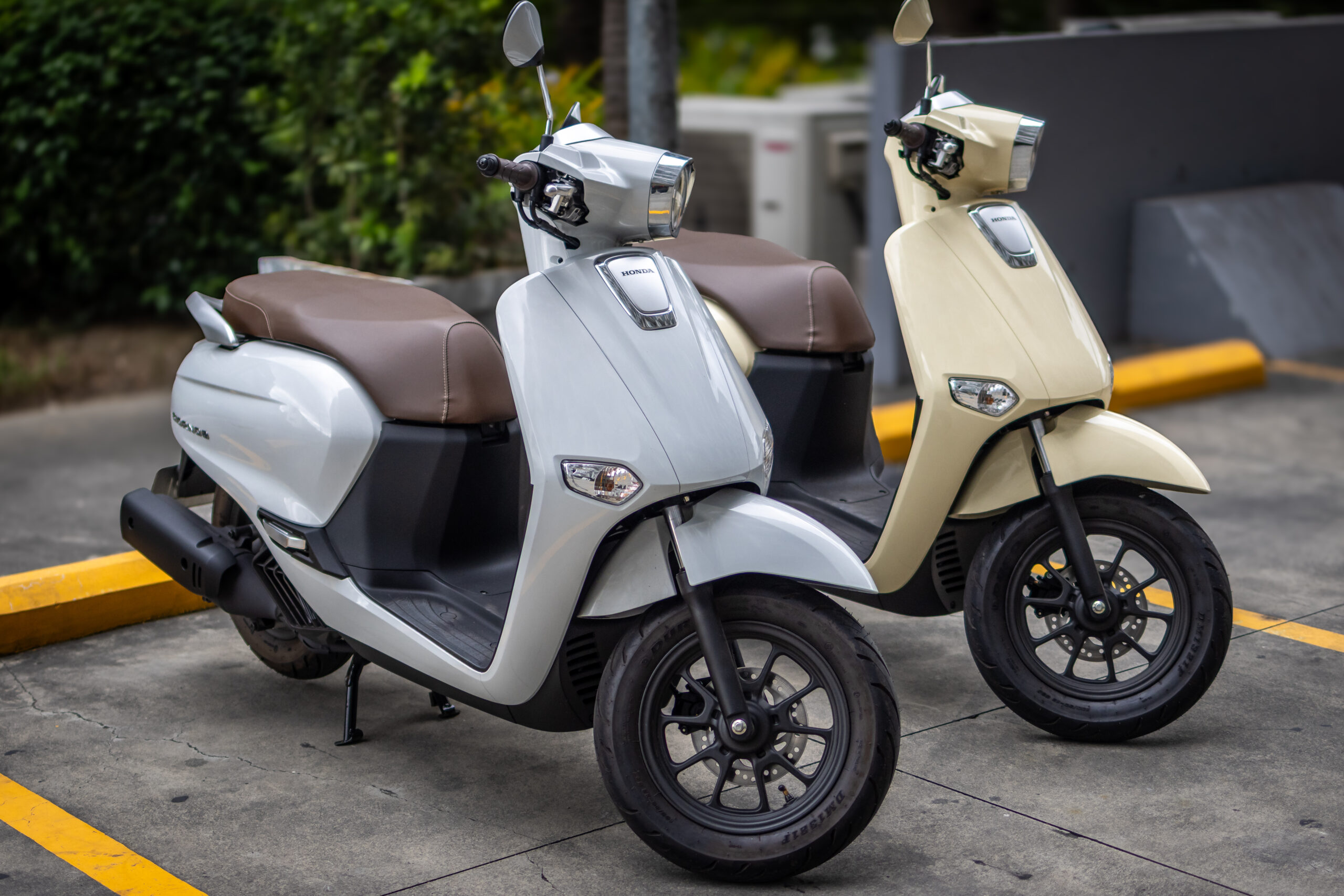
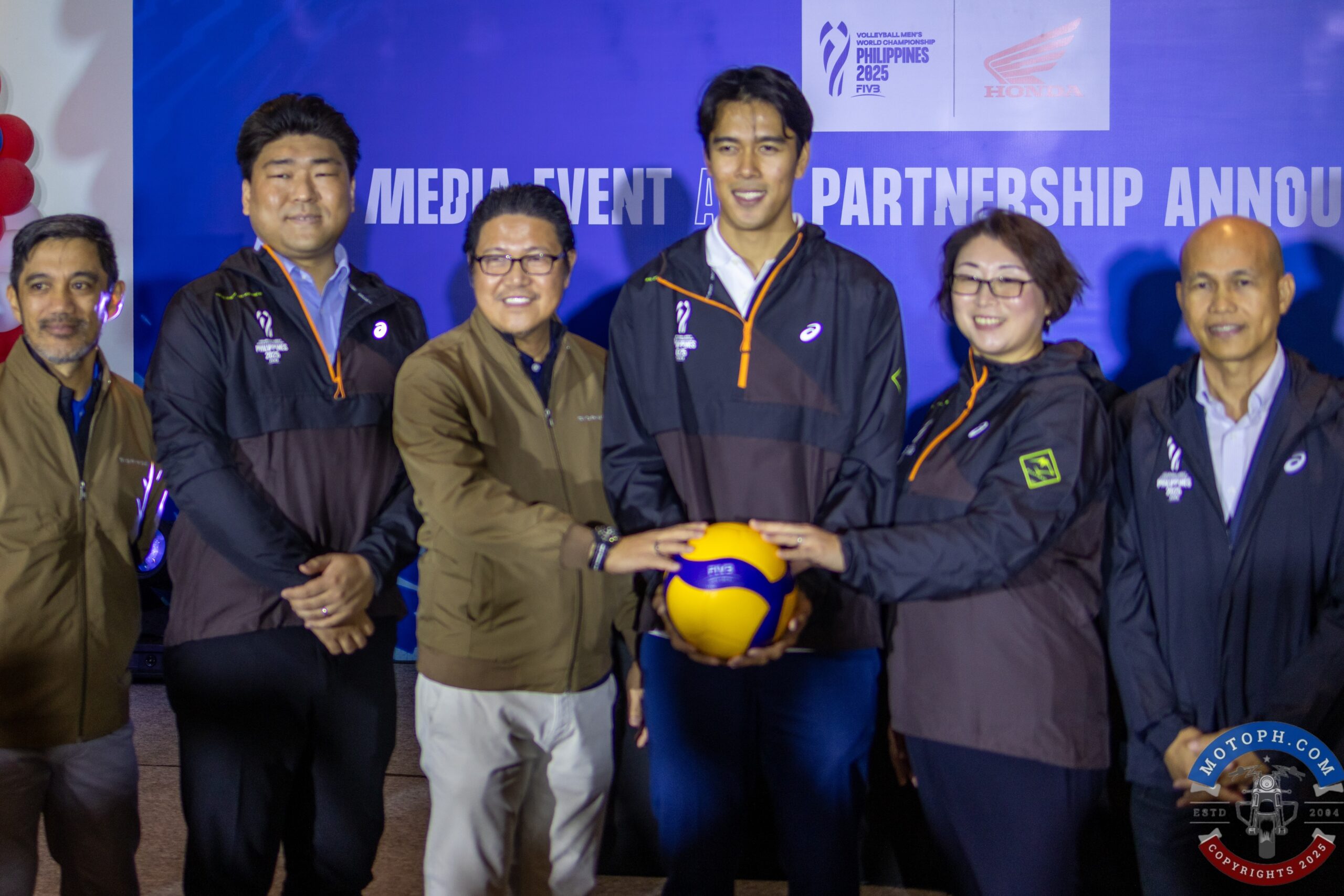




0 comments